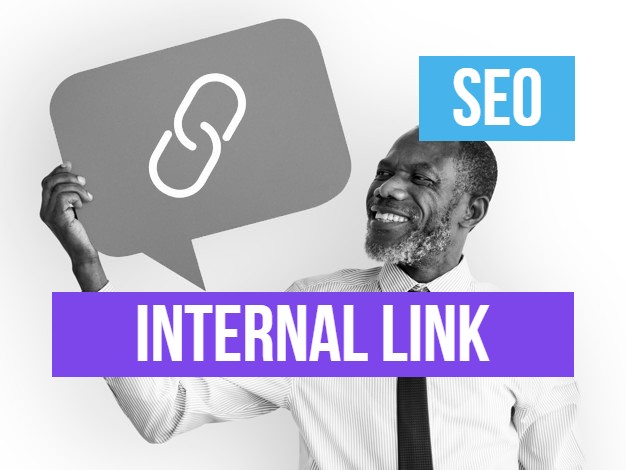Internal links are hyperlinks that direct visitors to other web pages on the same blog or website. When you open a web page, you can see one or more internal links. The purpose of internal links is to provide visitors with additional information that is still related to the article being read. With internal links, visitors can get more complete information.
Bloggers realize that internal links have an impact on both the article itself and the blog or website as a whole. When you add internal links related to articles, visitors can click on the internal links to dig up more information so that they get more complete and complete information. Visitors can finally feel that the articles presented are full of the information they are looking for.
Internal links can be placed in the article, in the sidebar or anywhere the visitor is considered to be the focus of. Internal link placement that is considered good is within the article, attached to or adjacent to words, phrases or sentences related to the internal link. You can create internal links manually or by extension. However, manually creating internal links can better determine article linkages.
Internal linking is one of the on-page SEO techniques that continues to be used today, in contrast to meta keywords that have been abandoned and are no longer used by search engines. There are several benefits or advantages of internal links. Here are 5 benefits or advantages of internal links for blogs or websites:
1. Increase the visit time on the blog.
Internal links are one way that visitors can feel at home for a long time on a blog or website. You can add one or more internal links that point to related articles. When blog visitors finish reading the article, visitors can dig up more information through the internal links provided so that they stay on the blog or website. Longer visit time on a blog is one of the metrics search engines use to determine a site’s ranking eligibility.
For this, you need to present quality and informational articles or content. When visitors consider the articles they read are of quality and full of information, then other articles are considered as well and will be happy to read other related articles through the internal links provided. If the article is superficial, visitors may leave the blog or website before the article has even been read.
2. Improve the user experience.
Google has always emphasized the importance of creating a better user experience. User experience is the overall experience of a blog visitor when visiting a blog. So what do internal links have to do with user experience? If you pay attention, every blog or website also has a navigation menu and a search box that is used to search or find articles.
Internal links added in articles can improve the user experience. Internal links eliminate the need for visitors to use the navigation menu or search box to find other related articles. Internal links make it easy to get the related articles you are looking for. With internal links, visitors can simply click on the link to get related articles.
3. Bringing traffic to old articles.
Articles that have been released for a long time will usually be hidden and rarely get visits, especially if the articles are not optimized when they are created. Articles will be unable to compete with other articles in search engine search results. Articles can get traffic back when shared on social media. Another way to bring visitor traffic to old articles is to link them to other articles.
If you create a new article that is related to an old article, add internal links in the new article that point to the old article. When visitors finish reading the new article, it is hoped that visitors will dig up more information by visiting old articles through internal links. This way, there will be traffic of visitors to old articles.
4. Reducing the bounce rate.
The bounce rate is the percentage of visitors who leave your blog or website after opening only one web page. The greater the percentage of the bounce rate, the less good a blog or website is, conversely, the smaller the percentage of the bounce rate, the better a blog or website is. A large percentage bounce rate indicates that your visitor is not getting what you are looking for or is not engaged enough to interact with the blog.
Internal links can reduce bounce rate by showing additional information. Naturally, after reading the article, visitors will dig up more information through related articles to get more complete information. By clicking on the internal link provided, visitors will read other articles again and stay engaged to interact with the blog for longer.
5. Spread link equity.
Some of you may be unfamiliar with the phrase “link equity” or link equity. Link equity which is also called link juice is a term used in SEO which refers to the value or equity that is passed from one web page or site to another. This value or equity is passed on via a link.
Search engines consider links as votes (votes) coming from a web page or site that other web pages are valuable and worthy to promote. For example, a web page with a high page rank has internal links that lead to other pages with relevant topics, then the web page the link is pointing to will get a transfer value (link equity or link juice) and the page rank in the SERP can be helped to be better.
Link equity can help many other web pages rank better. Links that carry value or equity are one of the many signals search engines use to rank pages. However, link equity also depends on several factors such as whether the link is no-follow or do-follow , page authority, topic relevance and so on.

